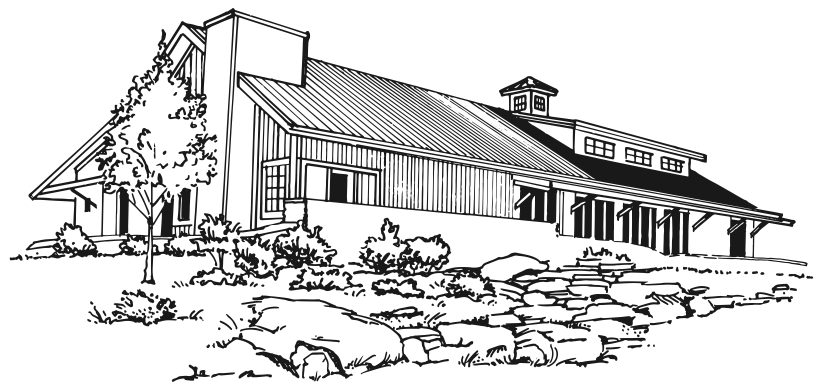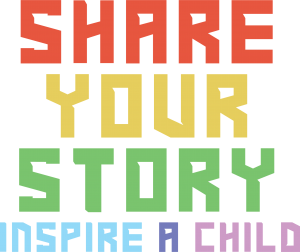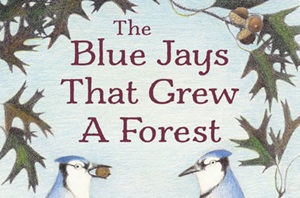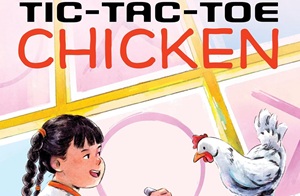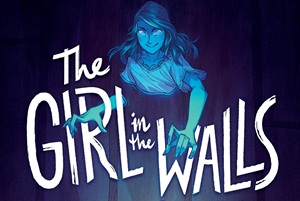How are you feeling about publication of this book?
I’m very excited to have this debut launching right now! Fall is the perfect season to read about acorns. I hope that readers will be as enchanted as I was to learn about the relationship between blue jays and oak trees. Oaks supply jays with food and shelter, and the trees rely on jays to transport acorns far away so that seedlings flourish in new places. The connection between blue jays and oaks is an example of mutualism, a symbiotic relationship between two different species that benefits each of them and encourages survival and growth. Both blue jays and oaks are keystone species—a species critical to the survival of other species in an ecosystem.Describe how the idea for the book came to you. What was your process for getting it on the page?
A photograph of a blue jay carrying an acorn in its beak inspired this book. I sensed a mystery—and a story. That an oak can grow from a tiny acorn is amazing. That one bird caching acorns over a lifetime can impact the growth of forests is astounding. I drafted the manuscript as a free verse poem, and then I spent time working to balance the lyricism with the facts of the blue jays’ acorn gathering and burying process.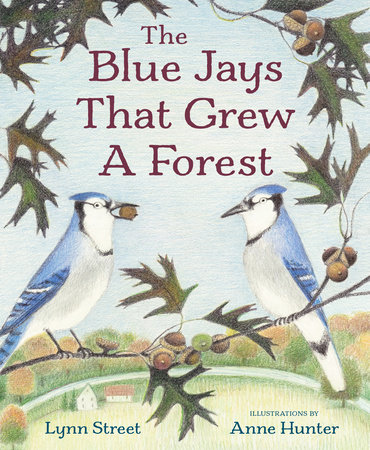

Do you have a favorite fact, moment, or illustration in the book?
Yes, I do! My favorite spread is the one where the jays are returning in winter to find some of the hidden acorns. Anne Hunter’s colored pencil and pen illustrations have an atmospheric quality, and readers can see both above and below the snow for a glimpse of what’s happening underground. The lines on that page are also some of the ones I love to read aloud.When researching and learning for this book, did you face any challenges? How did you overcome them?
The bulk of the research for THE BLUE JAYS THAT GREW A FOREST came from academic research papers and interviews with the experts who wrote them. There aren’t any books written for the general public summarizing this research. This meant that I spent a lot of time on Google Scholar reading to understand the material and then figuring out how to relay the important details to young readers. I made some of my own observations as well. I watched blue jays in my backyard as they interacted with an oak just over the fence. From a second story window, I was able to see into the oak’s canopy as jays pried acorns from the tree. Over several fall seasons, I spotted more and more of this acorn gathering process in real time.Were there any surprises along the way – things that changed from your original idea as you wrote?
The overall story arc follows my original idea, but the beginning was expanded by a few lines to give readers context for the blue jay and oak relationship that they would see unfolding on the pages. That first spread introduces the trees and the birds as main characters. The final spread was also extended. The publisher wanted a last page or two that showed the landscape changing over time thanks to the blue jays burying acorns—the extension of the oak forests.Can you talk about your journey as a writer and how the Highlights Foundation played a part in it?
I attended the Nuts & Bolts of Science Writing at Highlights in 2019 with Heather Montgomery, Jen Swanson, Miranda Paul, Baptiste Paul, and Carol Hinz. THE BLUE JAYS THAT GREW A FOREST was a work-in-progress that first summer. I used what I learned about back matter to write pages to complement my main text. I came back in 2023 for another nonfiction camp where I met with Rob Sanders, Heidi Stemple, and Nathalie Alonso. Nathalie’s workshop on conducting interviews with experts was particularly helpful for some of my projects. I appreciate the quiet, supportive environment at Highlights. It’s where I feel nurtured as a writer, and it’s a welcome change of pace from my busy city life.What’s one piece of advice you’d give to aspiring writers, especially those working on their first book?
The biggest surprise for me was how long it takes to write and publish a picture book. The benefit of that lengthy learning curve is there is time to take a course or two, and to put your work in front of other readers, agents, and editors to polish it. During that process, which at times seems frustratingly long, you will learn more about the industry, the kinds of books you want to write, and which agents and editors you may want to work with. My advice is to use those early months—and years—to develop your writing and your goals. And experiment with writing many different manuscripts—that’s the fun part! Enjoy the writing for what it is without the pressure to submit.What’s next for you? Are you already working on another project?
My next book is also about birds—specifically birdwatching. It will be released in spring 2027.More About Lynn:
Lynn is a science-inspired author sharing lively STEAM stories with young readers. She loves concepts that cross disciplines, and personal narratives set against a sea of facts. Her passion is writing for curious observers who want to discover the wonders of their world.
Her debut, THE BLUE JAYS THAT GREW A FOREST (Peachtree, 2025), is illustrated by Anne Hunter. This lyrical nonfiction picture book explores the symbiotic relationship between blue jays and oak trees.
PLEASE, NO FEATHERS IN YOUR HATS! FLORENCE MERRIAM BAILEY AND BIRDWATCHING’S BEGINNINGS (Peachtree, 2027), illustrated by Anne Lambelet, is a picture book biography about the author of the first modern birding guide, who helped save millions of her feathered friends by changing the way people thought about and studied birds.
